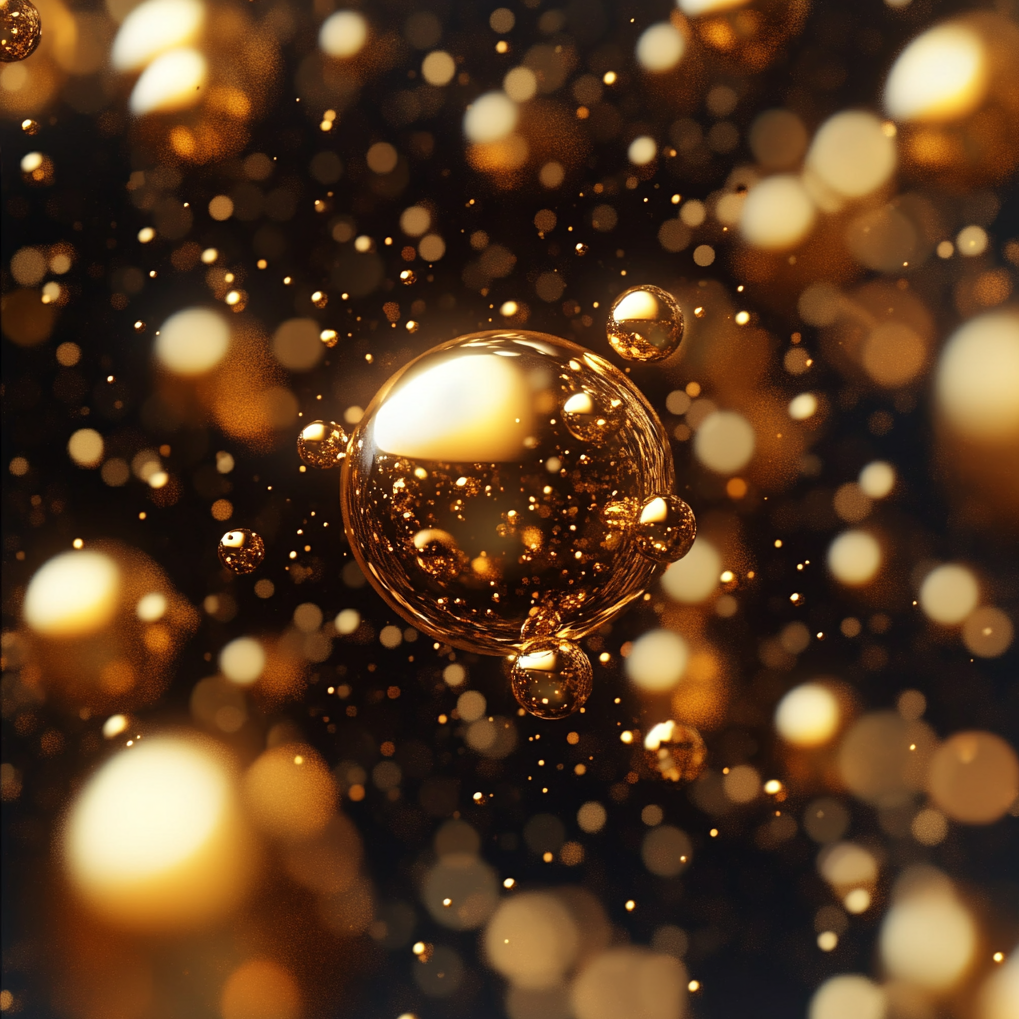The Hidden Wonders and Risks of Gold in the Human Body
The Hidden Wonders and Risks of Gold in the Human Body

The phrase “You are gold!” is often used to express how valuable someone is. Interestingly, this expression holds some literal truth, as gold is indeed present in the human body—though in tiny amounts. An average person carries about 0.2 milligrams of gold, primarily in the blood. While gold has no essential biological role, its unique properties have sparked interest in its medical applications.
Medical Uses of Gold
Recent advances in nanotechnology have led to the development of gold nanoparticles for cancer treatment. These tiny particles can deliver drugs directly to tumours, minimizing damage to healthy cells. This targeted approach enhances treatment effectiveness and reduces side effects, especially in hard-to-treat cancers.
Gold nanocrystals are also being explored for treating neurodegenerative diseases like multiple sclerosis (MS) and Parkinson’s (PD). Clinical trials show that these nanocrystals can help restore energy metabolism in the brain, offering hope for patients with these challenging conditions.
The Risk of Gold Allergies
However, gold isn’t without its downsides. Some people develop allergic contact dermatitis from exposure to gold, often through jewellery. This condition can cause localized skin reactions, such as redness and itching, or more widespread dermatitis. Women are more commonly affected, likely due to greater exposure to gold jewellery.
Diagnosing a gold allergy typically involves patch testing. Treatment involves avoiding further exposure to gold, which can be difficult given its prevalence. For those with severe reactions, topical treatments or even surgical removal of persistent nodules may be necessary.